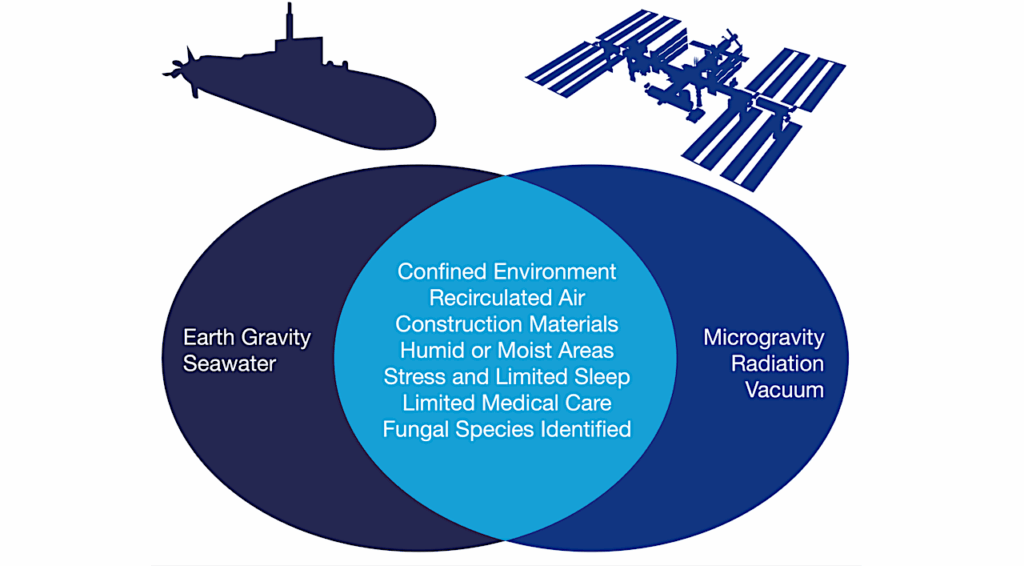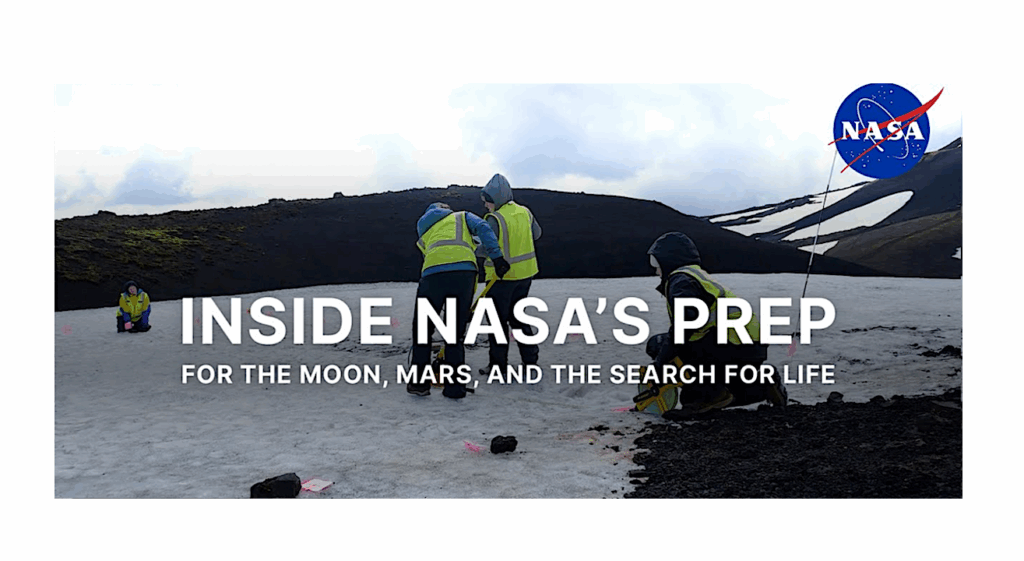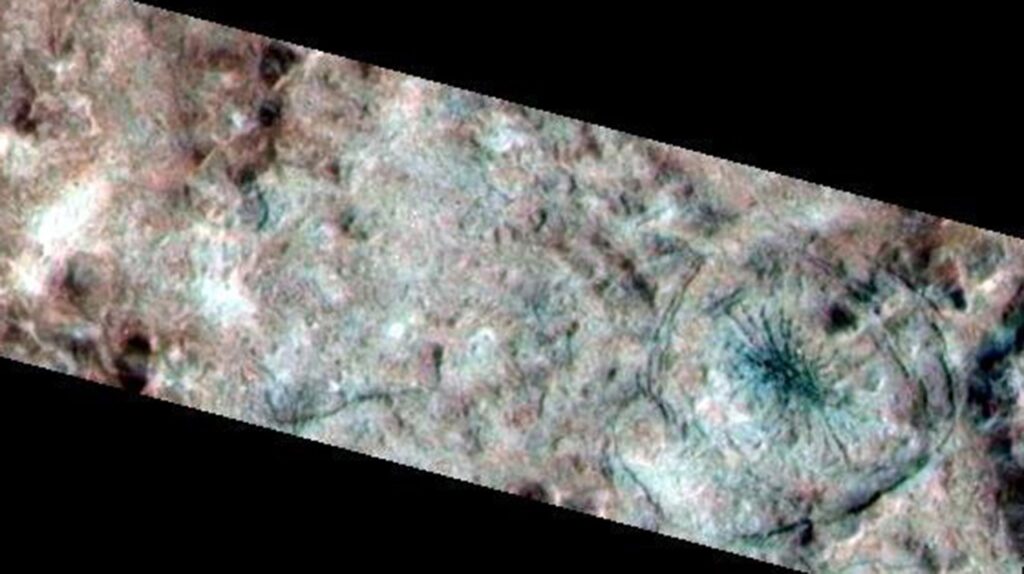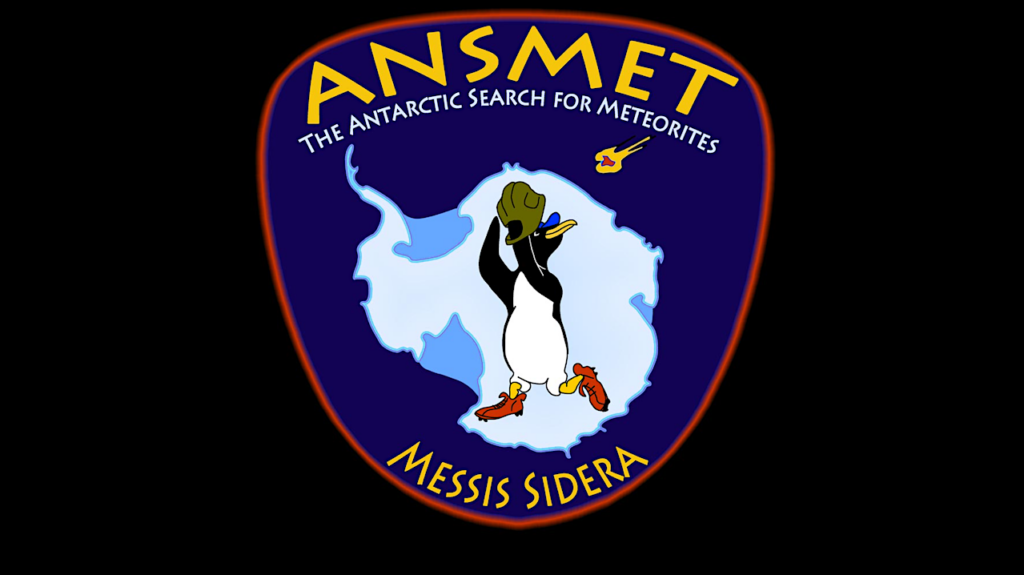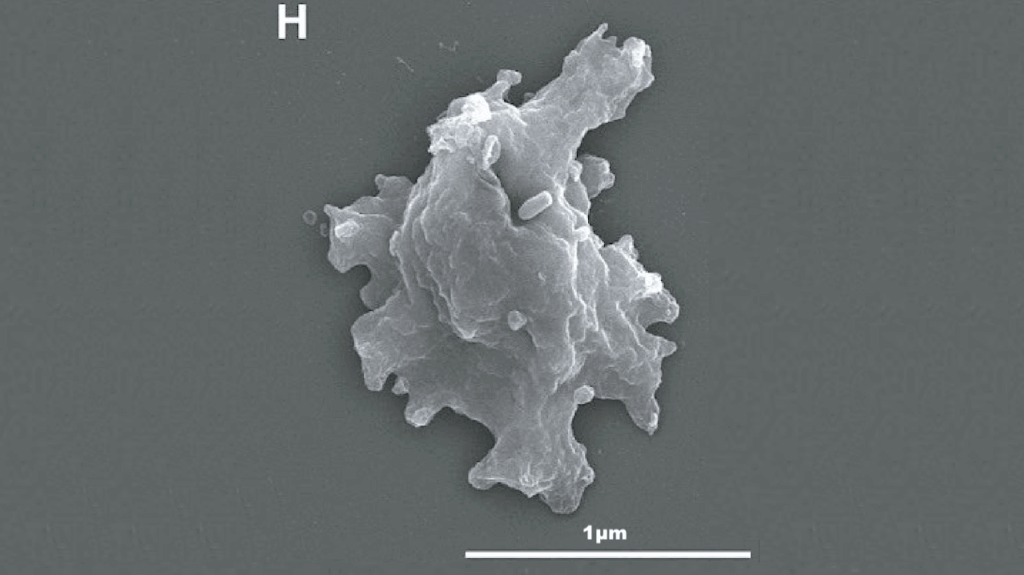Dale Andersen’s 1996 Antarctic Field Research Photo Album Volume 4

Editor’s note: This is a revised version of the original website that was first posted – from Antarctica – in 1996.
The Astrobiology Web: Your Online Guide to the Living Universe TM An Antarctic Photo Album, Volume 4 by Dale Andersen About these images Text and Photographs ©copyright 1996 Dale T. Andersen. All Rights Reserved. Reproduced with permission. Last update: 20 December 1996
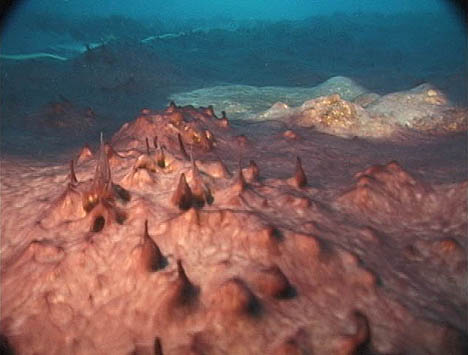
[291, 55K, jpeg] Pinnacle Mat
Pinnacle mat located on the bottom of Lake Joyce in Pearse Valley. The depth is approximately 18 meters including 6 meters of ice that is covering the lake. Despite the thick ice-cover, sediment is able to make its way through holes and cracks that develop. The result is a sediment ‘dump’ on the bottom of the lake (which can be seen in the background of this photograph).

[322, 33K, jpeg] Home
This is my tent just after a small snowfall. We do not sleep in the huts. The tents provide each of us with a bit of personal space to store our belongings and give us a quiet place to relax.

[355, 77K, jpeg] Transportation
Helicopters such as this Eurocopter AStar operated by PHI under contract to the National Science Foundation, provides the field scientist with their main mode of transportation around the McMurdo Dry Valleys. A Bell 212 also operated by PHI and a Huey operated by the New Zealand military are also used.

[357, 66K, jpeg] Transportation: Closeup view of an NSF Eurocopter AStar.
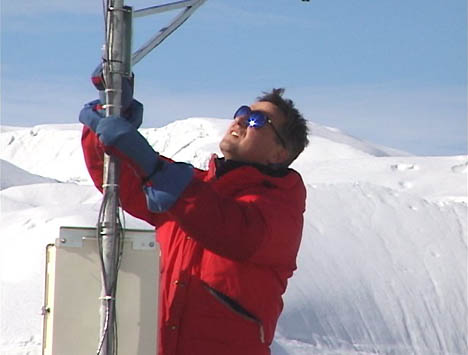
[389, 44K, jpeg] Dr. Robert A. Wharton, Jr. of the Desert Research Institute
Dr. Robert A. Wharton, Jr. of the Desert Research Institute is the lead Project Investigator for the McMurdo LTER. Dr. Wharton is seen in this photo working on one of the numerous meterological stations that have been placed in the dry valleys. The information that these stations provide are useful in understanding the extreme conditions under which life has adapted.
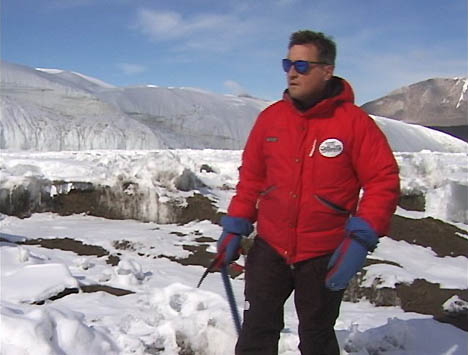
[399, 55K, jpeg] Dr. Robert A. Wharton, Jr. of the Desert Research Institute
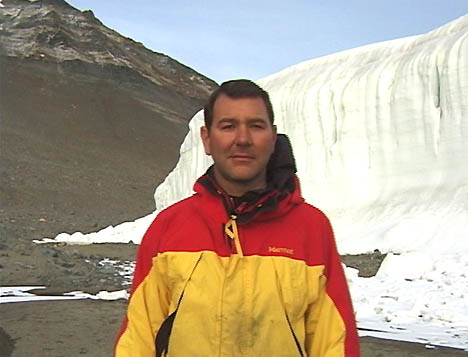
[412, 55K, jpeg] Dale T. Andersen, SETI Institute
Dale T. Andersen, SETI Institute, Mountain View, California next to the Canada Glacier in Taylor Valley, Antarctica.

[413, 55K, jpeg] Camp at Lake Hoare
Our main camp, located in Taylor Valley on the shores of Lake Hoare. The mountain behind the hut rises very steeply to just over 5000 feet.
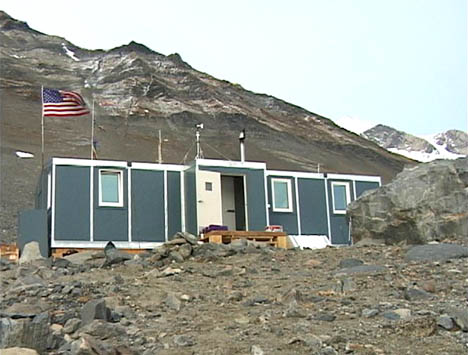
[419, 55K, jpeg] Main hut at Lake Hoare
Main hut at Lake Hoare, Taylor Valley, Antarctica. It is within this hut that we work, eat and socialize. We also have our communication equipment located here including Internet access. Radio telephones are linked by repeaters to McMurdo and are then connected to a satellite station located on Black Island, about 30 miles west of McMurdo.

[422, 55K, jpeg] Dale Andersen, FN87, with the Explorers Club Flag
- Volume 1: Images of Lake Bonney, Lake Vida, and Lake Hoare plus some underwater shots of divers examining microbial mats at the bottom of these ice covered lakes.
- Volume 2: Remote field camp located at Battleship Promontory, Alatna Valley, Antarctica where researchers look for lithophytic communities.
- Volume 3: Images of Dr. Imre Friedmann making a photographic record of the cryptoendolithic community colonizing the Beacon Sandstone (orthoquartzite) at Battleship Promentory, Antarctica.
- Volume 4: Accomodations at Lake Hoare, Taylor Valley, Antarctica – Huts, helicopters, tents, and some of the people who work here.
- Volume 5: Research on ponds located on Bratina Island, skua nests, and a visit from the Prime Minister of New Zealand and Sir Edmund Hillary.
Astrobiology


